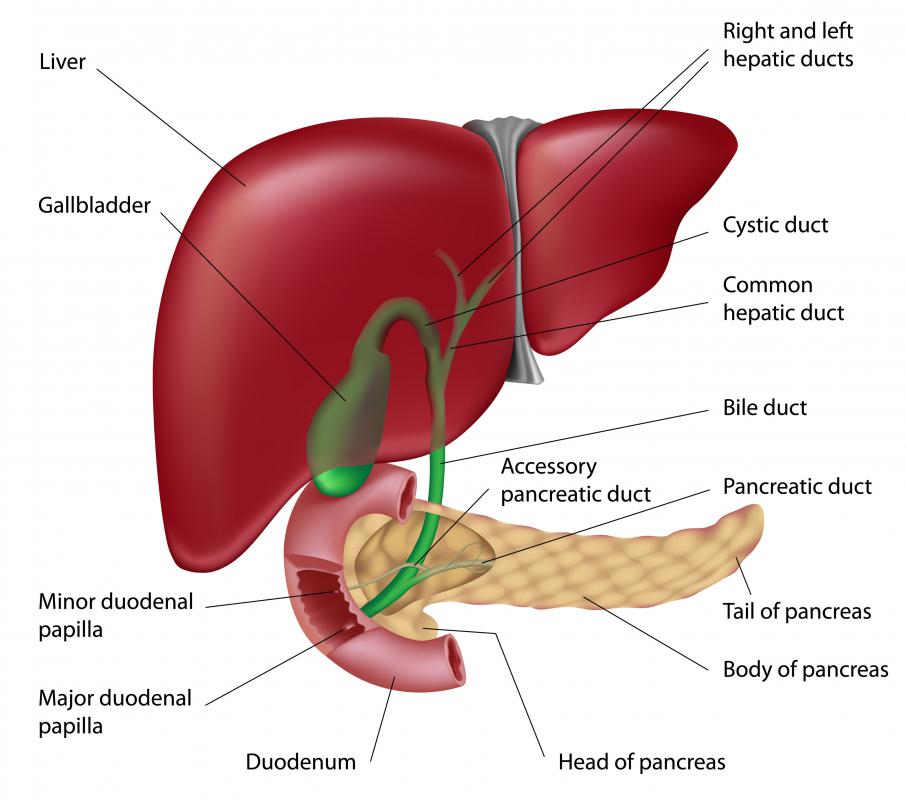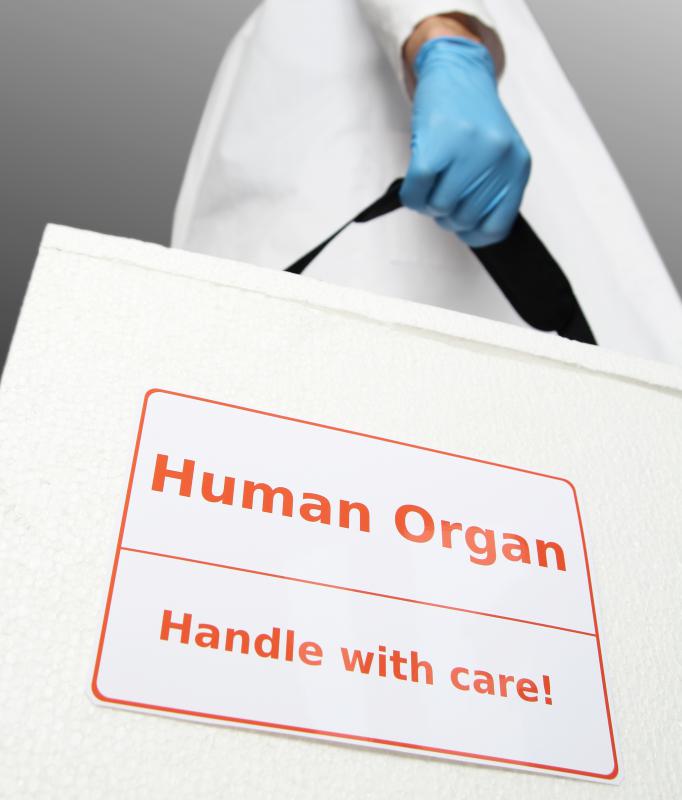At TheHealthBoard, we're committed to delivering accurate, trustworthy information. Our expert-authored content is rigorously fact-checked and sourced from credible authorities. Discover how we uphold the highest standards in providing you with reliable knowledge.
What are Abdominal Organs?
Abdominal organs are body organs located in the abdominal cavity, the section of the body between the chest and the pelvis. The abdominal cavity or abdomen houses organs related to digestion and the urinary tract, along with organs which filter and process blood and other body fluids. Quarters are crowded in the abdominal cavity, not least because the abdomen houses the long coils of the intestines. All of the organs in this part of the body work together to process food and drink into nutrients which can be used by the body, along with waste products which are excreted.
The abdominal organs related to the digestive tract include the stomach, large intestine, and small intestine. The kidneys belong to the urinary tract, and the abdominal cavity also hosts the liver, gallbladder, spleen, and pancreas, along with the vermiform appendix, a vestigial organ. Each abdominal organ has a specific function in the body, and an interruption in the processes of one organ can cause a variety of health problems.

The interconnected organ systems in the abdomen can get quite complex. Medical students often spend a great deal of time on this part of the body, learning about how all of the different abdominal organs work and how they interact with each other. There are also a number of medical conditions which can be present in the abdomen, with medical students learning about the diagnosis and treatment of a range of issues from celiac disease to liver tumors.

The abdomen is ideally designed as a sturdy container for organs. It is surrounded by tough fascia and muscle, with the ribs protecting the upper part of the abdominal cavity. The organs inside fit like the pieces of a puzzle, with shapes which almost feel like they are meant to fit into each other. However, some organs inside the abdomen are vulnerable to damage. The kidneys, for example, can be injured by a blow to the lower back, which is one reason uniforms for rough sports often include extra padding in the lower back.

Damage to some abdominal organs can also cause a chain reaction of health problems. For example, perforations of the intestine can lead to the release of bacteria, causing peritonitis, an infection of the abdominal cavity which can be deadly. If organs become severely damaged and start to fail, their inability to function can also cause systemic organ failure, in which one organ's malfunctioning starts to affect other organs as well.
AS FEATURED ON:
AS FEATURED ON:

















Discussion Comments
My small intestine was perforated during a GYN procedure. I had complained about pain afterward for weeks but the perforated bowel was left untreated for four weeks.
I ended up in the emergency room, had become septic at this point and required bowel resection, my appendix was removed and I had a horrible infection. My entire abdominal cavity was full of infection/fluid.
Since the infection and surgery i have had pain in my right side under my ribs. Months after my release from the hospital, I am experiencing problems with my gallbladder now and it too may have to be removed. I am trying to find out if my gallbladder issue (that i never experienced before) would be related to the previous infection?
Post your comments